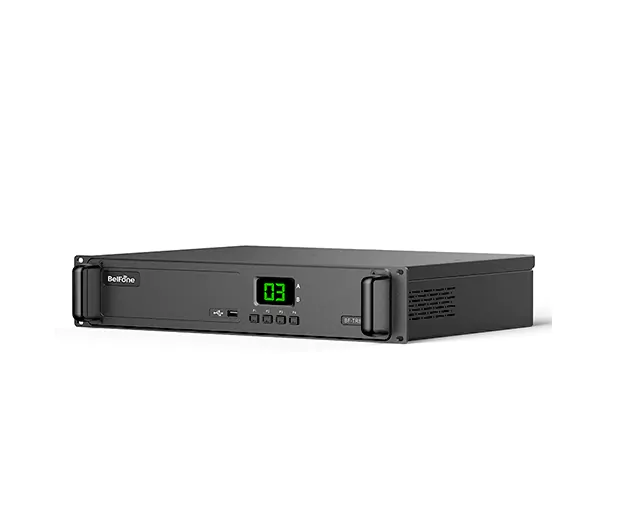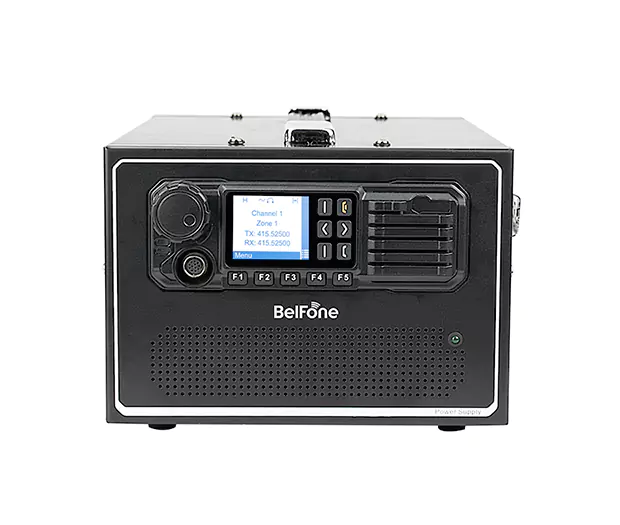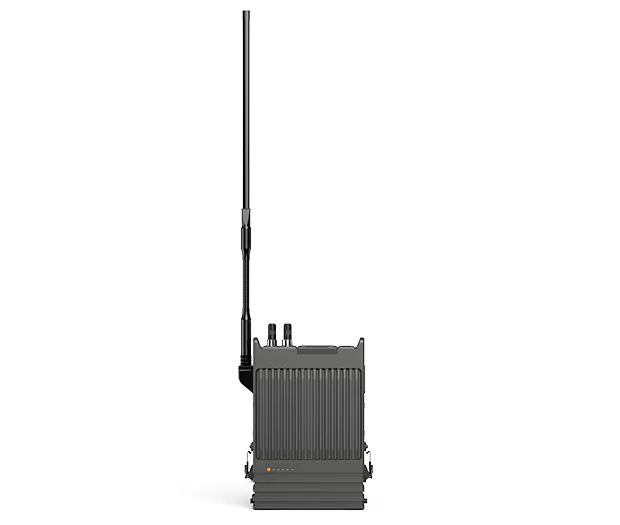

Radio Repeater – Extending the Power of Wireless Communication
Reliable communication is essential in industries such as public safety, transportation, logistics, and emergency response. While two way radios are widely used for instant communication, their range can sometimes be limited by distance, obstacles, or signal interference. That’s where a radio repeater system comes in.
A radio repeater receives a radio signal and re-transmits it at a higher power or over a different frequency, extending coverage far beyond the natural range of the radio itself. Whether you’re using a walkie talkie repeater for commercial teams or a ham radio repeater for amateur radio enthusiasts, repeaters play a vital role in maintaining clear, reliable, long-distance communication.
A UHF repeater operates in the Ultra High Frequency band (typically 400–470 MHz). It is ideal for urban environments because UHF signals can penetrate walls, buildings, and dense structures more effectively. Security companies, hospitality industries, and warehouses often rely on UHF repeaters for seamless coverage indoors and across cities.
A VHF repeater works in the Very High Frequency range (136–174 MHz). These signals travel farther in open areas, making them perfect for outdoor environments such as agriculture, forestry, maritime, and large-scale construction sites. A VHF radio repeater ensures stable communication across wide, open terrains.
A repeater typically consists of a radio receiver and a radio transmitter operating on different frequencies. For example, a UHF radio receiver picks up the incoming signal, while the repeater immediately re-transmits it on a different frequency, boosting both distance and clarity.
By strategically placing repeaters on tall towers, mountaintops, or buildings, organizations can build a communication network with wide-area coverage and minimal dead zones.
A radio repeater system is an essential tool for extending communication range, improving signal quality, and ensuring reliable connectivity. Whether you need a UHF repeater for urban use, a VHF repeater for rural environments, or a ham radio repeater for amateur communication, repeaters bridge the gap where ordinary radios fall short.
Investing in the right two way radio repeater ensures your team stays connected when it matters most.
A radio repeater receives a radio signal and re-transmits it at a higher power or over a different frequency, extending coverage far beyond the natural range of the radio itself. Whether you’re using a walkie talkie repeater for commercial teams or a ham radio repeater for amateur radio enthusiasts, repeaters play a vital role in maintaining clear, reliable, long-distance communication.
Types of Radio Repeaters
1. UHF Repeater
A UHF repeater operates in the Ultra High Frequency band (typically 400–470 MHz). It is ideal for urban environments because UHF signals can penetrate walls, buildings, and dense structures more effectively. Security companies, hospitality industries, and warehouses often rely on UHF repeaters for seamless coverage indoors and across cities.
2. VHF Repeater
A VHF repeater works in the Very High Frequency range (136–174 MHz). These signals travel farther in open areas, making them perfect for outdoor environments such as agriculture, forestry, maritime, and large-scale construction sites. A VHF radio repeater ensures stable communication across wide, open terrains.
Applications of Radio Repeater Systems
Walkie Talkie Repeater
Standard walkie talkies have limited range. By connecting them to a walkie talkie repeater, users can extend their coverage to many miles, ensuring team communication across large campuses, resorts, or industrial zones.Two Way Radio Repeater
Businesses and public safety organizations often deploy two way radio repeaters to create a wide-area communication network, keeping teams connected across towns, cities, or even nationwide.Ham Radio Repeater
Amateur radio operators frequently use ham radio repeaters to connect with other operators around the world, relaying messages over long distances with consistent clarity.How a Radio Repeater Works
A repeater typically consists of a radio receiver and a radio transmitter operating on different frequencies. For example, a UHF radio receiver picks up the incoming signal, while the repeater immediately re-transmits it on a different frequency, boosting both distance and clarity.
By strategically placing repeaters on tall towers, mountaintops, or buildings, organizations can build a communication network with wide-area coverage and minimal dead zones.
A radio repeater system is an essential tool for extending communication range, improving signal quality, and ensuring reliable connectivity. Whether you need a UHF repeater for urban use, a VHF repeater for rural environments, or a ham radio repeater for amateur communication, repeaters bridge the gap where ordinary radios fall short.
Investing in the right two way radio repeater ensures your team stays connected when it matters most.
-

BF-TR8500
Based on the DMR/PDT protocol, BF-TR8500 is a full frequency repeater with high power. It boasts rich applications, optimizes according to different situation demands and provides multiple versions including IP connect, SDC, common-frequency broadcasting and SVT, effectively resolving a plethora of problems including network coverage in large area, single telecommunication base station, multi-station netting, cross-regional dispatching and frequency resource scarcity and meeting the strict requi -

BF-SFR600
BF-SFR600 digital base station is a standard DMR digital communication product. It has various call modes and flexible operation, unique display interface and key design, and high-definition LCD screen that can easily read the display information even in dark light. -

BF-TR925R
In emergency situations where there is no network coverage, Ad Hoc portable networks will be very helpful. As a member of BF-TR925 family, BelFone TR925R(MC-N) is a manpack or vehicle mounted DMR Ad Hoc repeater designed for scenarios where no radio coverage available to realize multi-cascade jump and last mile communication. With features of fast deployment, seamless communication and flexible networking, it works as both a radio, repeater, and mesh node, which is greatly fit for search and res -

BF-TR930
The BF-TR930 Basic Trunking base station adopts a 4U 19-inch cabinet structure with high integration of modules, including BSCU, TXU, RXU, Duplex combiner, and PSU. It provides wireless coverage and call services for a specific area. The main functions include admission control, resource scheduling and allocation, call link establishment and maintenance, voice, data services, and various dispatching services.
Technical support: Longcai Technology











